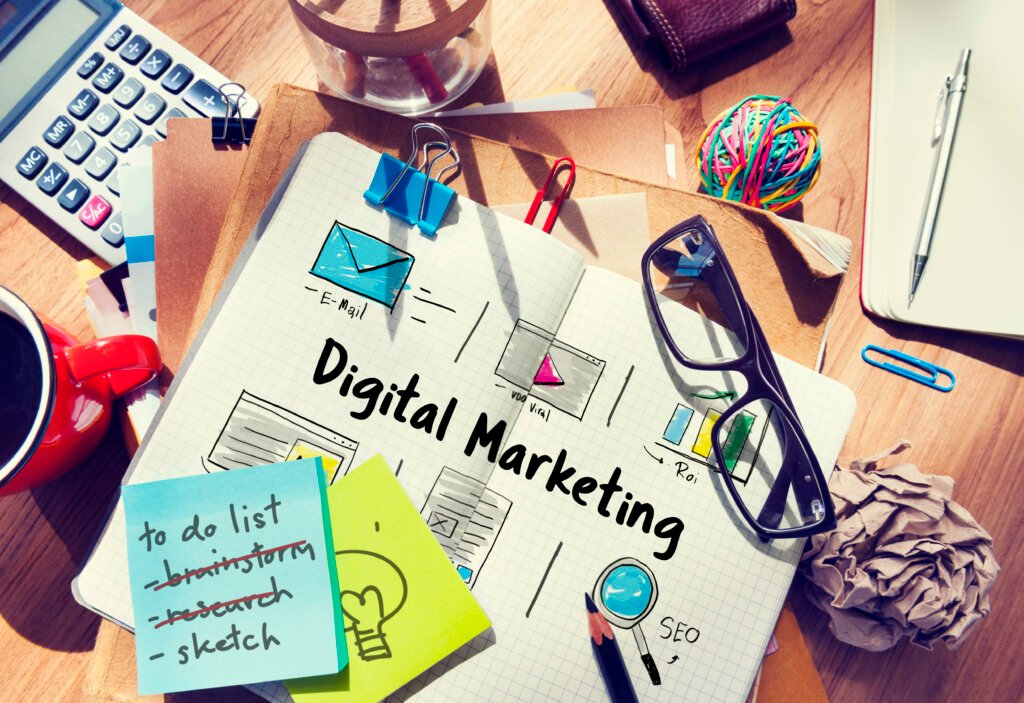
In a world that lives online, digital marketing is the lifeline of modern business. Whether you run a home-based craft store or a neighborhood café, building an online presence is essential to reach and engage today’s customers. The best part? You don’t need a huge budget—just the right strategy and tools to get started.
1. Build a Professional Website – Your Digital Storefront
Your website is often the first impression potential customers will have of your business. It should be clean, easy to navigate, mobile-friendly, and clearly explain what you offer. Even simple sites with clear call-to-actions can drive sales and build trust.
Tips to Get Started:
- Use user-friendly website builders like WordPress or Wix.
- Ensure fast loading times and secure connections (SSL).
- Add testimonials, contact forms, and product/service info.
2. Optimize for Search Engines (SEO)
Search Engine Optimization helps your business get discovered through Google and other search engines. SEO is about making sure your content is relevant and easy to find.
Quick Wins:
- Use keywords your customers are searching for.
- Write blog posts that answer common questions.
- Optimize images and use descriptive alt text.
- Claim and update your Google Business Profile.
3. Leverage Social Media
Social media platforms like Instagram, Facebook, and LinkedIn offer free, powerful ways to market your business. Post regularly, engage with your audience, and share your story.
Effective Tactics:
- Run giveaways or contests.
- Share behind-the-scenes content or tutorials.
- Respond to comments and DMs quickly.
- Use hashtags to increase visibility.
4. Email Marketing for Retention and Growth
Email marketing lets you build a direct relationship with your customers. It’s perfect for sending updates, offers, and content that keeps people coming back.
Tips:
- Offer a discount or freebie for sign-ups.
- Use email platforms like Mailchimp or Brevo.
- Keep emails short, valuable, and visually clean.
5. Track, Learn, and Improve
Success in digital marketing comes from understanding what works. Use tools like Google Analytics, social media insights, and email performance reports to adjust your strategies over time.
What to Track:
- Website traffic and bounce rates
- Conversion rates (sign-ups, purchases, calls)
- Social media engagement
- Email open and click-through rates
